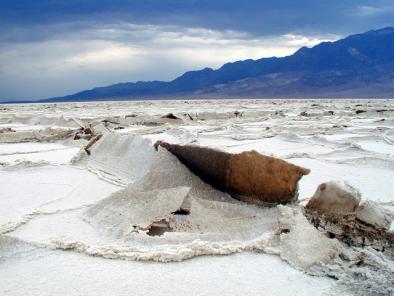Science Source
Contribution of changes in atmospheric circulation patterns to extreme temperature trends
- States that surface weather conditions are closely governed by the large-scale circulation of the Earth’s atmosphere
- States that recent increases in the occurrence of some extreme weather phenomena have led to multiple mechanistic hypotheses linking changes in atmospheric circulation to increasing probability of extreme events; however, observed evidence of long-term change in atmospheric circulation remains inconclusive
- Identifies statistically significant trends in the occurrence of atmospheric circulation patterns, which partially explain observed trends in surface temperature extremes over seven mid-latitude regions of the Northern Hemisphere
- Detects robust circulation pattern trends in a subset of these regions during both the satellite observation era (1979–2013) and the recent period of rapid Arctic sea-ice decline (1990–2013)
- Finds that particularly substantial influences include the contribution of increasing trends in anticyclonic circulations to summer and autumn hot extremes over portions of Eurasia and North America, and the contribution of increasing trends in northerly flow to winter cold extremes over central Asia
- The results indicate that although a substantial portion of the observed change in extreme temperature occurrence has resulted from regional- and global-scale thermodynamic changes, the risk of extreme temperatures over some regions has also been altered by recent changes in the frequency, persistence and maximum duration of regional circulation patterns
Related Content
Headline

Jul 5, 2016 | Fresno Bee
June was a scorcher: Fresno heat wave broke summer records early
Headline

Jul 5, 2016 | KTAR
Phoenix ties all-time record for June average temperature
Headline

Jul 5, 2016 | KTNV
Record-breaking heat in Death Valley this June
Headline

Jun 30, 2016 | ThinkProgress
Climate Change’s Growing Impact On People Experiencing Homelessness


